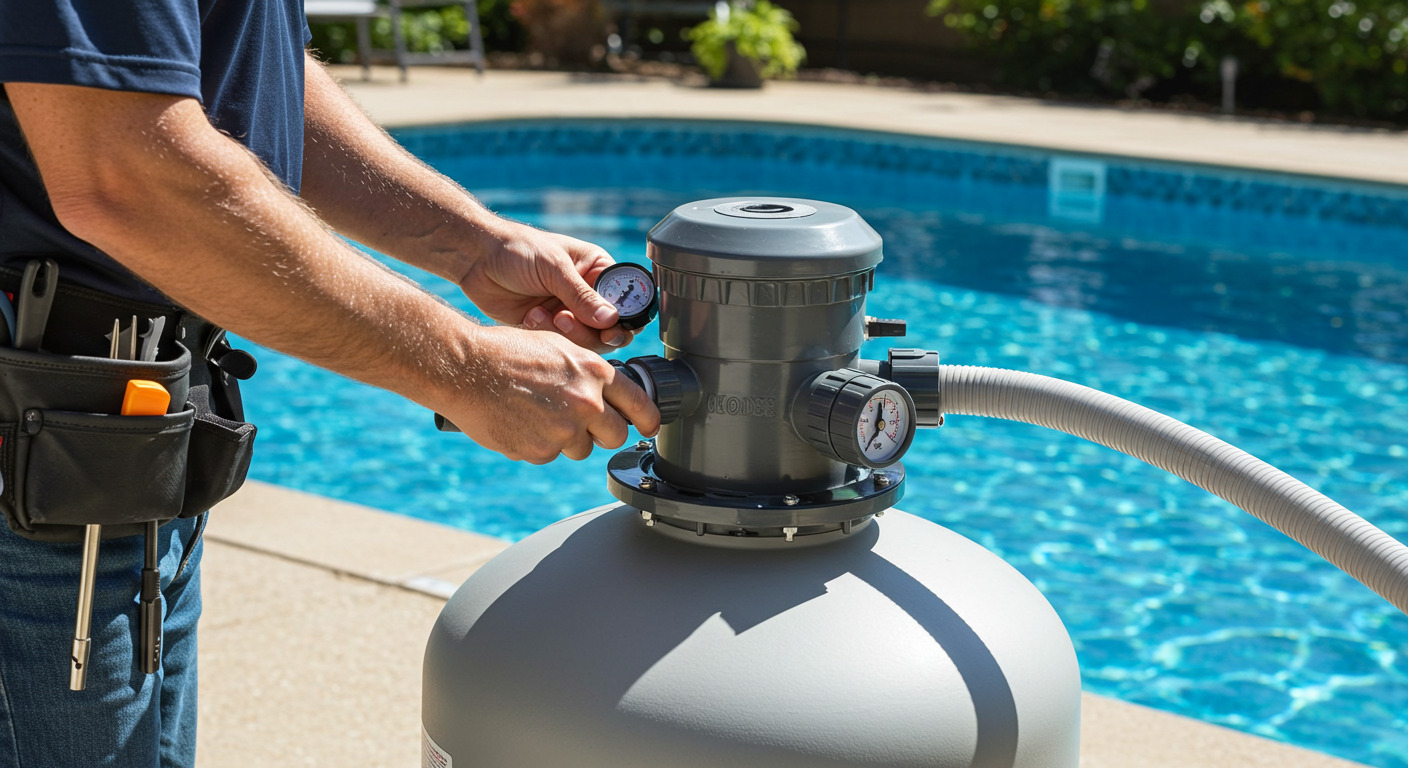The global Commercial Aircraft Heat Transfer and Fluid Management System Market is experiencing remarkable growth as airline operators and manufacturers focus on improving efficiency, reducing emissions, and meeting rigorous regulatory standards. With the aviation sector rebounding post-pandemic and new aircraft programs underway, demand for innovative heat transfer and fluid management systems is soaring. To learn more, visit the Commercial Aircraft Heat Transfer and Fluid Management System Market full analysis page.
Modern aircraft systems demand high performance in thermal regulation and fluid dynamics to ensure safety, comfort, and efficiency. As such, aerospace OEMs are investing heavily in advanced systems that optimize energy usage, manage heat loads, and improve fuel economy. These technologies are now considered critical components of next-generation aircraft.
Request a Sample Report: https://growthmarketreports.com/request-sample/6738
Growing Demand Across Civil Aviation Sectors
Passenger travel is rebounding globally, and fleet modernization is underway across major airlines. This trend is contributing to sustained demand for efficient thermal management and fluid systems in both narrow-body and wide-body aircraft. Environmental regulations are also driving interest in systems that can reduce the environmental footprint while maintaining operational excellence.
OEMs and tier-one suppliers are prioritizing the development of heat exchangers, pumps, valves, and integrated cooling modules tailored to modern aircraft designs. This focus ensures that key components remain effective even under high-temperature conditions experienced during extended flights and high-altitude operations.
View Full Report: https://growthmarketreports.com/report/commercial-aircraft-heat-transfer-and-fluid-management-system-market-global-industry-analysis
Technological Innovations Powering the Market
The shift towards more electric aircraft (MEA) is one of the biggest game changers in this market. Electric systems generate more heat compared to conventional systems, increasing the importance of sophisticated thermal management. Innovations in lightweight composite materials, additive manufacturing, and real-time temperature monitoring are reshaping the competitive landscape.
Additionally, smart fluid management systems are being adopted to optimize flow and pressure control across different aircraft functions. These systems contribute to fuel savings, improved safety, and better maintenance outcomes—key concerns in today’s cost-sensitive aviation industry.
Check Out the Report: https://growthmarketreports.com/checkout/6738
Regional Outlook: North America and Europe Lead the Charge
North America holds a significant share of the market due to the presence of major aircraft manufacturers like Boeing and a strong supplier network. Europe follows closely, driven by Airbus’s innovation in aircraft technology and sustainability initiatives. Asia Pacific is emerging as a high-growth region fueled by the expansion of commercial fleets in China, India, and Southeast Asia.
Increased investments in regional manufacturing hubs, especially in India and China, are opening new opportunities for suppliers of heat transfer and fluid management systems. These regions are not only consuming but increasingly producing high-tech aerospace components.
Competitive Landscape: Innovation Drives Market Leadership
Leading players in the market are focusing on mergers, acquisitions, and strategic partnerships to expand their technological capabilities and global footprint. Companies such as Collins Aerospace, Parker Hannifin, Liebherr Aerospace, Meggitt PLC, and Safran SA are leveraging R&D investments to stay competitive in an evolving landscape.
These key players are also responding to the rising demand for integrated solutions that combine multiple functions in compact designs, reducing weight and improving system efficiency. Sustainability, digitization, and automation are among the central pillars of their innovation strategies.
Future Outlook: Sustainable and Electric-Powered Growth
With commercial aviation moving steadily toward carbon neutrality, the role of heat transfer and fluid management systems is set to become even more crucial. Electrification of auxiliary systems, hybrid propulsion technologies, and sustainable aviation fuels (SAF) will all require tailored thermal and fluid handling solutions to achieve their full potential.
The market is poised for long-term growth as airlines and aircraft manufacturers align with international environmental goals, including ICAO’s CORSIA framework and the EU’s Green Deal. Suppliers that offer flexible, scalable, and eco-friendly systems will be best positioned to lead in this competitive landscape.
Conclusion
The Commercial Aircraft Heat Transfer and Fluid Management System Market is navigating an exciting period of transformation. Driven by environmental concerns, technological advancements, and increased aircraft production, the market is on a steady growth trajectory. Stakeholders across the aerospace ecosystem are prioritizing innovation, performance, and sustainability—laying the groundwork for a more efficient and future-ready aviation industry.






